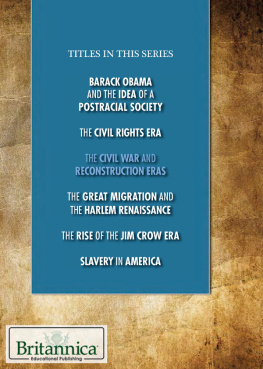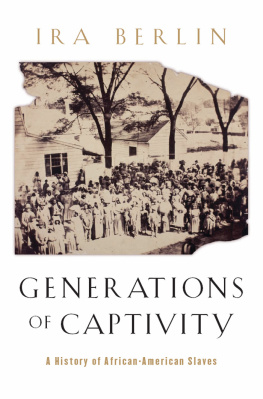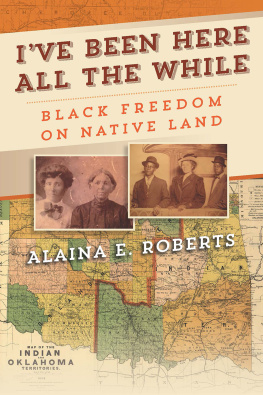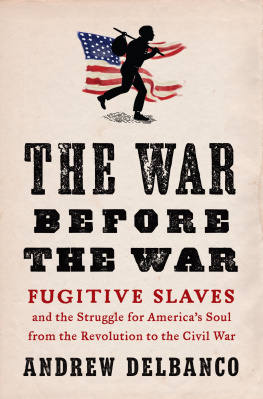
Published in 2016 by Britannica Educational Publishing (a trademark of Encyclopdia Britannica, Inc.) in association with The Rosen Publishing Group, Inc.
29 East 21st Street, New York, NY 10010
Copyright 2016 by Encyclopdia Britannica, Inc. Britannica, Encyclopdia Britannica, and the Thistle logo are registered trademarks of Encyclopdia Britannica, Inc. All rights reserved.
Rosen Publishing materials copyright 2016 The Rosen Publishing Group, Inc. All rights reserved.
Distributed exclusively by Rosen Publishing.
To see additional Britannica Educational Publishing titles, go to rosenpublishing.com.
First Edition
Britannica Educational Publishing
J. E. Luebering: Director, Core Reference Group
Anthony L. Green: Editor, Comptons by Britannica
Rosen Publishing
Hope Lourie Killcoyne: Executive Editor
Tracey Baptiste: Editor
Nelson S: Art Director
Nicole Russo: Designer
Cindy Reiman: Photography Manager
Introduction and supplementary material by Gwendolyn Hooks.
Library of Congress Cataloging-in-Publication Data
The Civil War and Reconstruction eras/edited by Tracey Baptiste.First edition.
pages cm.(The African American experience: from slavery to the presidency)
Includes bibliographical references and index.
ISBN 978-1-6804-8041-2 (eBook)
1. United StatesHistoryCivil War, 18611865Juvenile literature. 2. Reconstruction (U.S. history, 18651877)Juvenile literature. 3. United StatesHistory18651898Juvenile literature. I. Baptiste, Tracey.
E468.C623 2015
973.7dc23
2014038929
On the cover: Harriet Tubman was an abolitionist and served as a Union spy during the Civil War. In the image behind her, Union troops battle the Confederacy.
Photo credits: Cover (Sojourner Truth), p. 65 Hulton Archive/Getty Images; cover (background), pp. 30, 51 Buyenlarge/Archive Photos/Getty Images; pp. 45, 13, 26, 3233, 47, 53 Library of Congress, Washington, D.C.; pp. 9, 11, 2223 Private Collection/Peter Newark American Pictures/Bridgeman Images; pp. 1617 2013 Fox Searchlight Pictures. All rights reserved; pp. 1819, 38, 48 North Wind Picture Archives; p. 29 Popperfoto/Getty Images; pp. 36, 67 Photo Researchers/Science Source/Getty Images; pp. 4041 Print Collector/Hulton Archive/Getty Images; pp. 4243 Time Life Pictures/The Life Picture Collection/Getty Images; p. 55 Lightfoot/Archive Photos/Getty Images; p. 57 E.M. Beck and Stewart E. Tolnay, Inventory of Lynching in the American South, University of Georgia; pp. 5859 Craig F. Walker/The Denver Post/Getty Images; p. 60 Thomas Nast/Library of Congress, Washington, D.C. (neg. no. LCUSZ62-121735); interior pages background texture iStockphoto.com/ Piotr Krzeslak.
CONTENTS
F or the United States, the years 186177 tested the term united. A long series of quarrels between the North and the South over the issue of slavery led to the outbreak of the American Civil War. By the time of Abraham Lincolns inauguration as president, seven Southern states had seceded from the Union. Then, on April 12, 1861, Confederate guns opened fire on Fort Sumter in the harbor of Charleston, South Carolina, beginning an epic four-year conflict that divided the country. A total of 11 Southern states eventually seceded, but the ultimate victory of the Northern forces in the war established that no state had the right to secede from the Union or to nullify federal law. The ratification of the 13th Amendment soon followed, forbidding the use of slave labor in the United States.

The band of the 107th U.S. Colored Infantry. African American troops helped turn the tide of the Civil War and win victory over slave-owning states.
After the war ended, the Reconstruction period (186577) presented other problems. The status of liberated slaves remained a source of conflict. Political triumphs achieved by African Americans did not last. Many struggled to earn a decent living for their families. Soon a new racial system was put into place in the South, resting on the disenfranchisement of black voters and a rigid system of racial segregation. Despite facing these and other hardships, freed slaves looked to the future.
This volume will examine major events of the Civil War and Reconstruction periods, as well as highlight the lives and achievements of a number of African Americans who made important contributions during these eras. During the years leading up to the Civil War, many free African Americans spoke out against slavery. In 1860 there were almost 500,000 free African Americansroughly half of them in the South and half in the North. The free black population originated with former indentured servants and their descendants. It was augmented by free black immigrants from other countries (mainly the West Indies) and by blacks freed by individual slave owners.
Unlike the prevailing stereotype of the time, many were educated and eloquent public orators who rallied for their people. One was the escaped slave Frederick Douglass. Douglass became one of the foremost black abolitionists and civil rights leaders in the United States. His powerful speeches, newspaper articles, and books awakened whites to the evils of slavery and inspired blacks in their struggle for freedom and equality.
Other free African American abolitionists, like Martin R. Delany, a physician and author, initially believed that resettling African Americans in Liberia was the best solution to slavery, but once the Civil War began, he vigorously recruited African Americans into the Union army.
Other African Americans made notable military contributions during the war. Robert Smalls, a slave from South Carolina, commandeered a Confederate ship in Charleston Harbor and sailed it past five Confederate checkpoints before delivering it to the Union navy. Smallss feat is partly credited with persuading President Abraham Lincoln to allow African Americans into the Union army.
Though the Civil War ended more than 150 years ago, its effect on the United States remains today. This book, the second in a series on the history of African Americans, will delve into the causes and consequences of the war, the racial and economic strife that continued long after it, and the roles played by African Americans during both the Civil War and Reconstruction eras.
T he extension of slavery to new territories had been a subject of national political controversy since the Northwest Ordinance of 1787 prohibited slavery in the area now known as the Midwest. The Missouri Compromise began a policy of admitting an equal number of slave and free states into the Union, but the Compromise of 1850, the Kansas-Nebraska Act of 1854, and the Supreme Courts Dred Scott decision of 1857 opened all territories to slavery. Tensions between Northerners fearing control of the nation by slaveholding interests and Southerners fearing an end to their way of life led to civil war.

An 1821 map of the United States shows slave states and free states.
THE MISSOURI COMPROMISE
In February 1819 a bill was presented in the House of Representatives to make Missouri a state. James Tallmadge of New York moved that no more slaves be brought into the new state. He also moved that all children born of slaves in Missouri after the states admission should be free at the age of 25.













